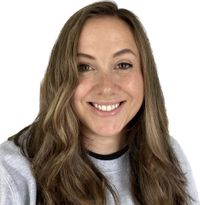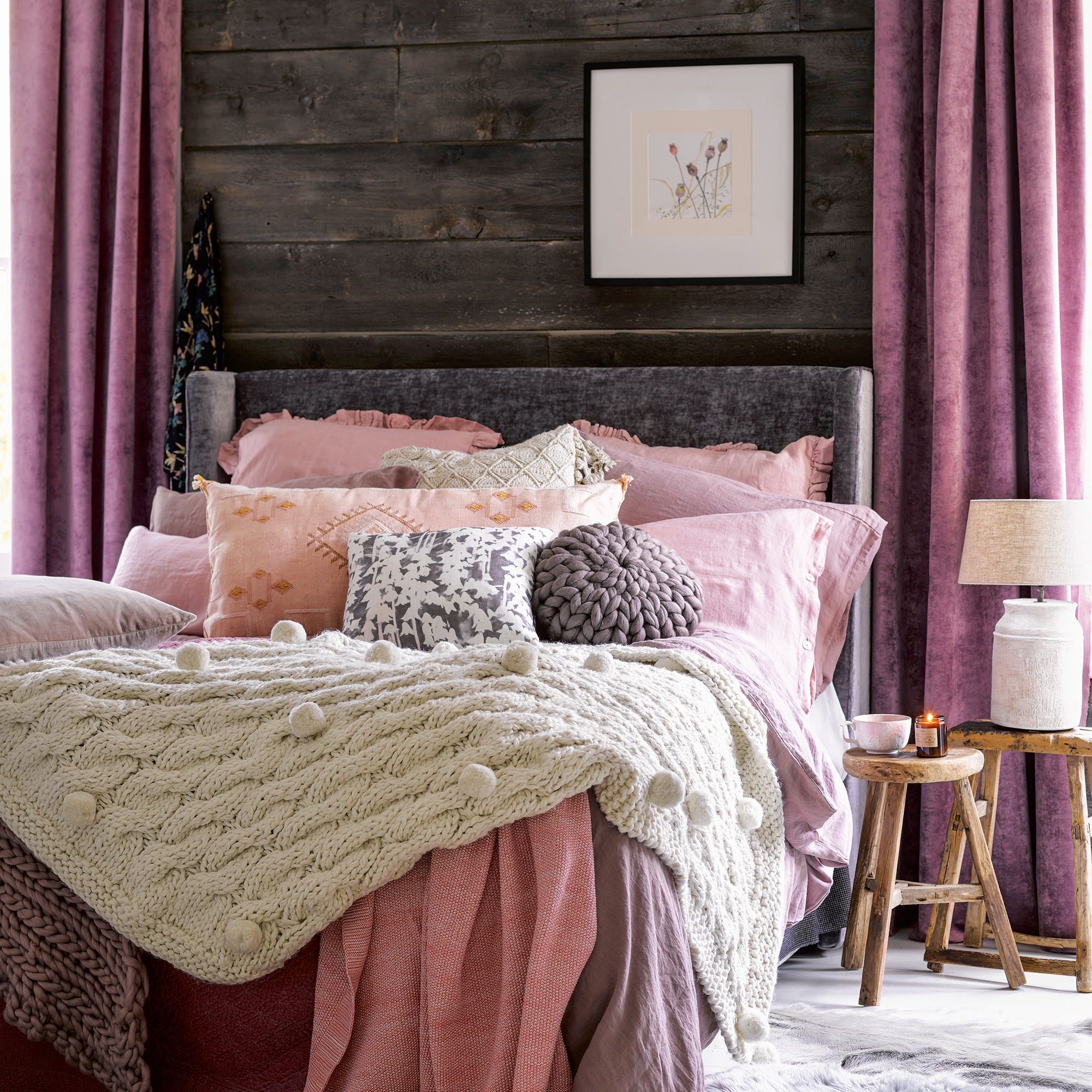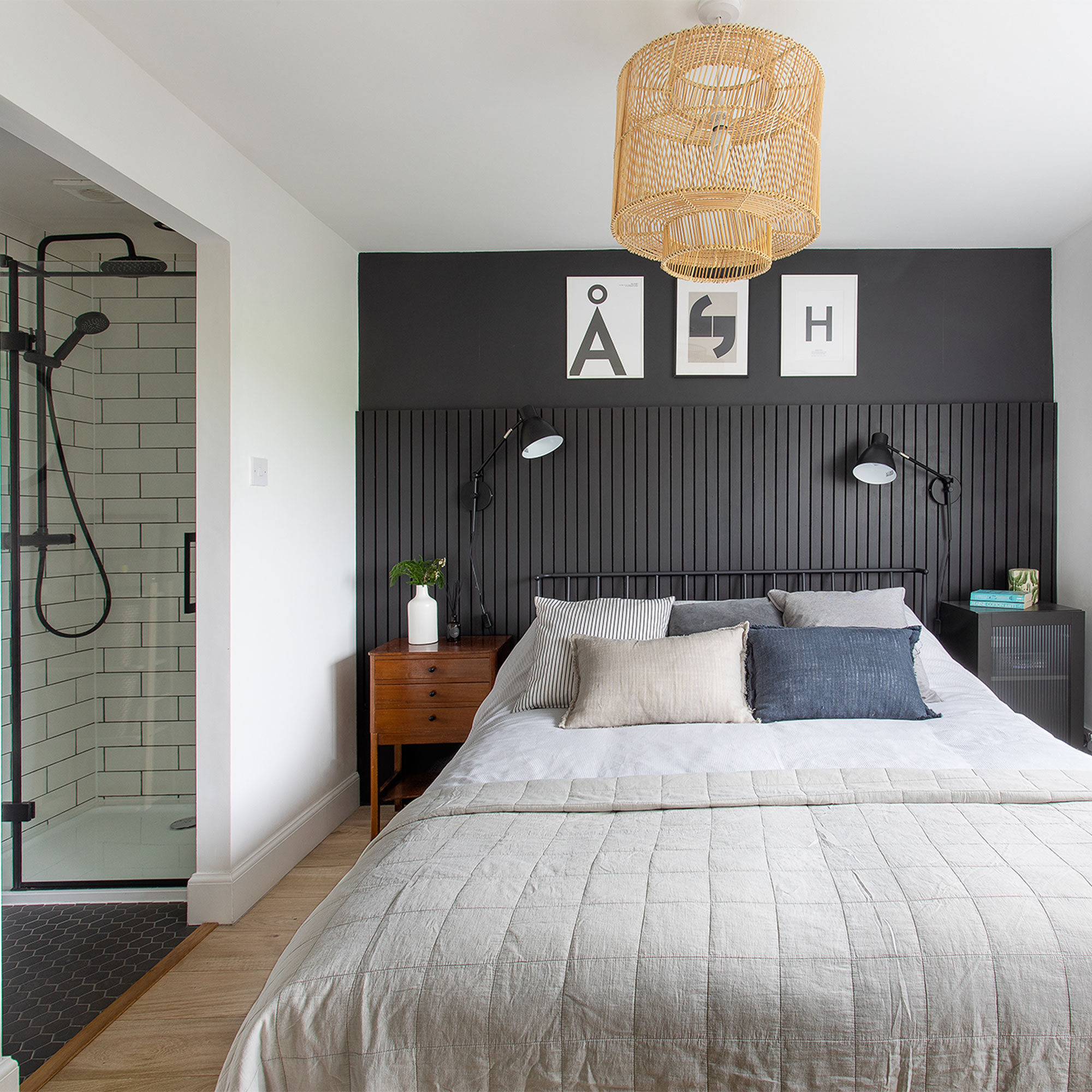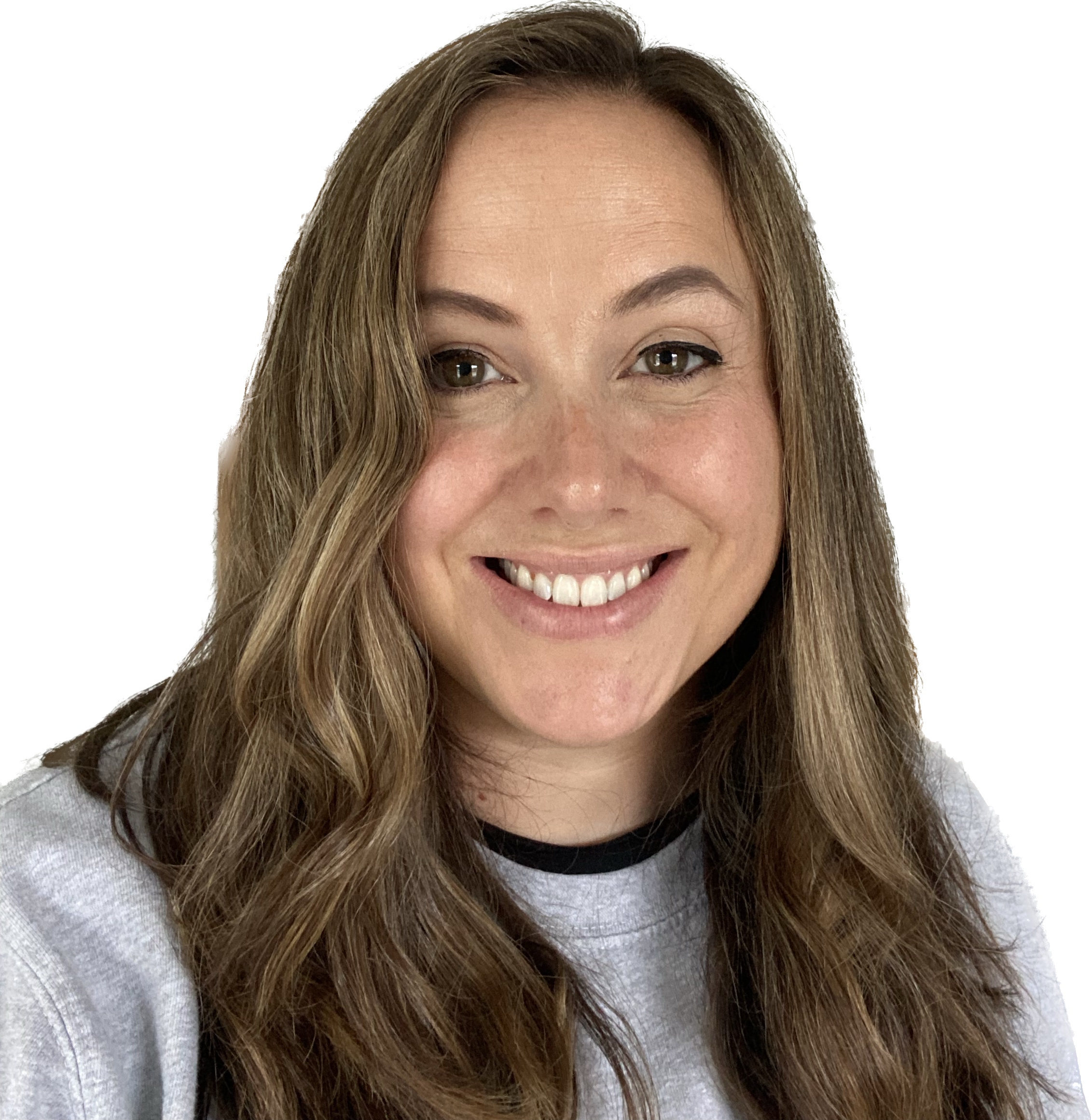Can you sleep with an electric blanket on? Five things to consider before sleeping with an electric blanket
The expert advice you need to follow


If you've taken the plunge and invested in an electric blanket, or are still wondering if one is right for you, the biggest question I often get asked as a sleep-product expert is 'Can you sleep with an electric blanket on'?
Electric blankets are an efficient and cost-efficient way to keep yourself warm, but they are also electrical items that you need to exercise caution when using. The best electric blanket should come with safety measures that will automatically switch them off after a set time or when they hit a certain temperature, but even then is it safe to fall asleep with it on?
As a sleep product expert with hours of electric blanket testing under my belt, I’m here to lay out how to use an electric blanket safely for you. I’ve also spoken to some industry insiders to get their take on what you need to think about before sleeping with an electric blanket on.
What are the risks of leaving an electric blanket on all night?
There are some risks of leaving your electric blanket on all night. ‘The purpose [of an electric blanket is to provide warmth, not excessive heat as this may pose risks,’ says Holly Castle, Brand Manager at Slumberdown.

The first risk when sleeping on an electric blanket is that you might overheat while you’re sleeping. This might cause you a disturbed night’s sleep, and can even give you heat stroke. Pregnant women should be particularly careful, as overheating during pregnancy can cause complications. Those with conditions such as diabetes that cause neuropathy should also be particularly vigilant, as they are less able to feel sensations such as heat.
If a blanket is older or overused, wires may become exposed. It’s important to not touch these wires because you can get a burn. Older blankets with faults are also at risk of causing fires from electric sparks. Although this shouldn’t happen, it’s really important you look after your electric blanket to protect the wires from damage and help extend the life of your electric blanket. ‘Roll your blanket up carefully when storing to avoid damaging the electrical wires,’ says Evie Clark, Homebuyer at Lakeland.

‘It’s never advised to leave your blanket on for a prolonged period of time but if it’s in good condition, the risks are minimal as long as you follow the instructions in the products safety manual,’ says Holly from Slumberdown. ‘When shopping for an electric blanket, always look for BEAB approval. This is assurance that the product has been properly tested and is safe to use. You’ll spot this approval if the packaging or the product has a mark that says “BEAB Approved”.’
Sign up to our newsletter for style inspiration, real homes, project and garden advice and shopping know-how
You can also look for electric blankets with auto-shut off timers. Many you can set to go off after various times, such as after 30, 60 or 90 minutes.
‘Like anything electrical you buy, make sure you read the instructions carefully,’ says Evie from Lakeland. ‘Most electric blankets and throws have an adjustable auto shut-off function for peace of mind.’
Is it safe to sleep with an electric blanket on low?
Opinion is divided on whether you can sleep with an electric blanket on the low setting. Some experts say it’s fine, others counsel against it. But either way, it’s recommended you use a blanket with an auto-shut off function on the controls if you do think you’ll fall asleep with your electric blanket on.
‘The maximum heat that heated blankets and throws can get to is not very high (usually around 56°C), making them safe,’ says Evie from Lakeland. ‘But if you’re planning to use your electric blanket all night, make sure you don’t set the temperature higher than is recommended for continuous use.’

‘It is perfectly safe to sleep with a Dreamland electric blanket, and you can leave it on overnight if you wish,’ says Assunta Trano, product expert at Dreamland UK. ‘Thanks to Intelliheat technology, our blankets heat up in just 5 minutes and automatically shut off after nine hours, ensuring you stay warm and cosy while getting your much-needed beauty sleep.’
However, Holly at Slumberdown has different advice: ‘You shouldn’t use your electric blanket while asleep in the bed, regardless of how low the temperature is. The best use for an electric blanket is to heat your bed up before you get into it.’
What should you consider before sleeping with an electric blanket?
1. Beware of underlying health issues
As I previously mentioned, you should be careful using electric blankets if you have underlying health issues. Neuropathy is one we’ve already touched on. But those with pacemakers should also be careful.
‘If you wear a pacemaker you should contact a medical professional or your pacemaker provider to ensure the electric underblanket is compatible with your device,’ advises Evie at Lakeland.

2. Don’t use an electric blanket overnight if you overheat
It might sound obvious, but if you know you tend to overheat then don’t leave your electric blanket on overnight. You could quickly find you’re too hot and get heat stroke.
‘You should also consider if you react to overheating as an electric underblanket is not recommended,’ says Evie from Lakeland.
3. Placement
It’s important to make sure your electric blanket is snug and secure on your mattress. Any kinks in the fabric can cause the wires to bend and become exposed, which can be dangerous. And you should definitely never sleep with an electric blanket folded or doubled up.
‘Do not use an electric blanket if it’s folded or creased,’ says Evie from Lakeland. ‘Always lie it across the mattress flat.’

4. The condition of your electric blanket
You should never use an electric blanket that’s damaged, so regularly check the condition of your electric blanket. If you notice any wear or tear, immediately unplug it and dispose of it.
‘Ensure there are no visible signs of wear, such as frayed wires,
exposed heating elements, or damaged fabric,’ says Assunta at Dreamland UK. ‘Only use the blanket if it’s in good condition.’
This goes for whether you’re using them all night, or just to warm up your bed before you get in.
5. Use an appropriate heat setting
If you want to keep your electric blanket on all night, then look for a blanket that has adjustable heat controls. This will allow you to keep things comfortable and lower the risk of you overheating while you sleep.
‘Choose the appropriate heat setting for your comfort,’ says Assunta from Dreamland UK. ‘Dreamland blankets with Intelliheat technology allow you to adjust warmth levels and offer quick heat-up times.’
Is it ok to sleep on top of an electric blanket?
It’s absolutely fine to sleep on top of an electric blanket – this is what they’re designed for.
‘Yes it is safe to sleep on top of an electric under a blanket, they are designed to fit on top of a mattress and be used throughout the night to provide heat whilst sleeping,’ says Evie from Lakeland.
However, you may be getting electric throws and electric blankets confused. In this case, the answer is different.
‘It’s generally not recommended to lie directly on an electric throw,’ says Assunta from Dreamland UK. ‘Most electric throws are designed to be draped over you, not underneath your body. Lying on them can create pressure points, potentially damaging the heating elements and reducing their effectiveness.’
Keep yourself safe on those cold winter nights and exercise caution when heading off to sleep with an electric blanket.

Zoe is a freelance journalist and content strategist. Her career has traversed kids' publishing, women's lifestyle magazines, luxury property and content marketing. She's worked for the BBC, STYLIST, Marie Claire, heat, Wallpaper*, InStyle, The Sunday Times Style, Ocado, Christie's and more. She now regularly writes about interiors and sleep for a range of media – what she doesn't know about mattresses isn't worth knowing.